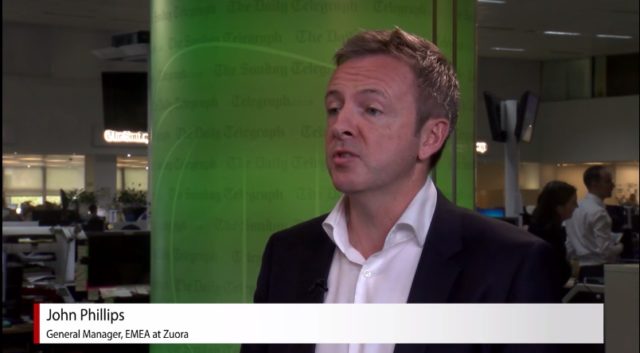[vc_row][vc_column][vc_column_text]Originally published in Business Reporter.
Success means engaging your customers in long-term relationships.
Zuora- We now live in a subscription economy from Business Reporter Film and Video on Vimeo.
Customers have changed. They’re looking for new ways to engage with businesses, and have a new set of expectations. They want outcomes, not ownership. Customisation, not generalisation. Constant improvement, not planned obsoleteness.
The result? Businesses are shifting the way they sell their products and services. Over the past nine years we’ve seen an explosion of new types of business models, all designed to keep customers consistently engaged in long-term relationships – think Netflix, Amazon Prime, Uber, Spotify, Salesforce, Zendesk or Box, for example.
Coined by Zuora CEO Tien Tzuo, the phrase “subscription economy” aptly describe this new era of companies and business models. In the old world (let’s call it the “product economy”), it was all about things. Acquiring new customers, shipping commodities, billing for one-time transactions.

But in this new era, it’s all about relationships. More and more customers are becoming subscribers because subscription experiences built around services meet consumers’ needs better than the static offerings or a single product.
At the heart of the subscription economy is the idea that customers are happier subscribing to the outcomes they want, when they want them, rather than purchasing a product with the burden of ownership.
This new focus on relationships requires a new way of thinking, as well as a new way of structuring the business. Rather than concentrating on the “product” or the “transaction,” subscription businesses live and die by their ability to focus on the customer. The formula for growth lies in delivering multi-channel experiences and services (that get better over time) to retain existing subscribers, monitor usage, account for recurring revenue and to find new ways of delivering ongoing value to customers that will build long-term loyalty. In return, subscription models create predictable, recurring revenue streams that are attractive to investors.
This fundamental shift means that businesses need to undergo a transformation that affects all departments. From launching new products quickly with the ability to test multiple pricing strategies, to having access to real-time data on subscriber behaviour, to being able to calculate amendments and send personalised invoices, businesses need to shed the shackles of legacy systems built for the product economy so that they are able to compete in a world where bad experiences mean customer churn.
Read full story here.